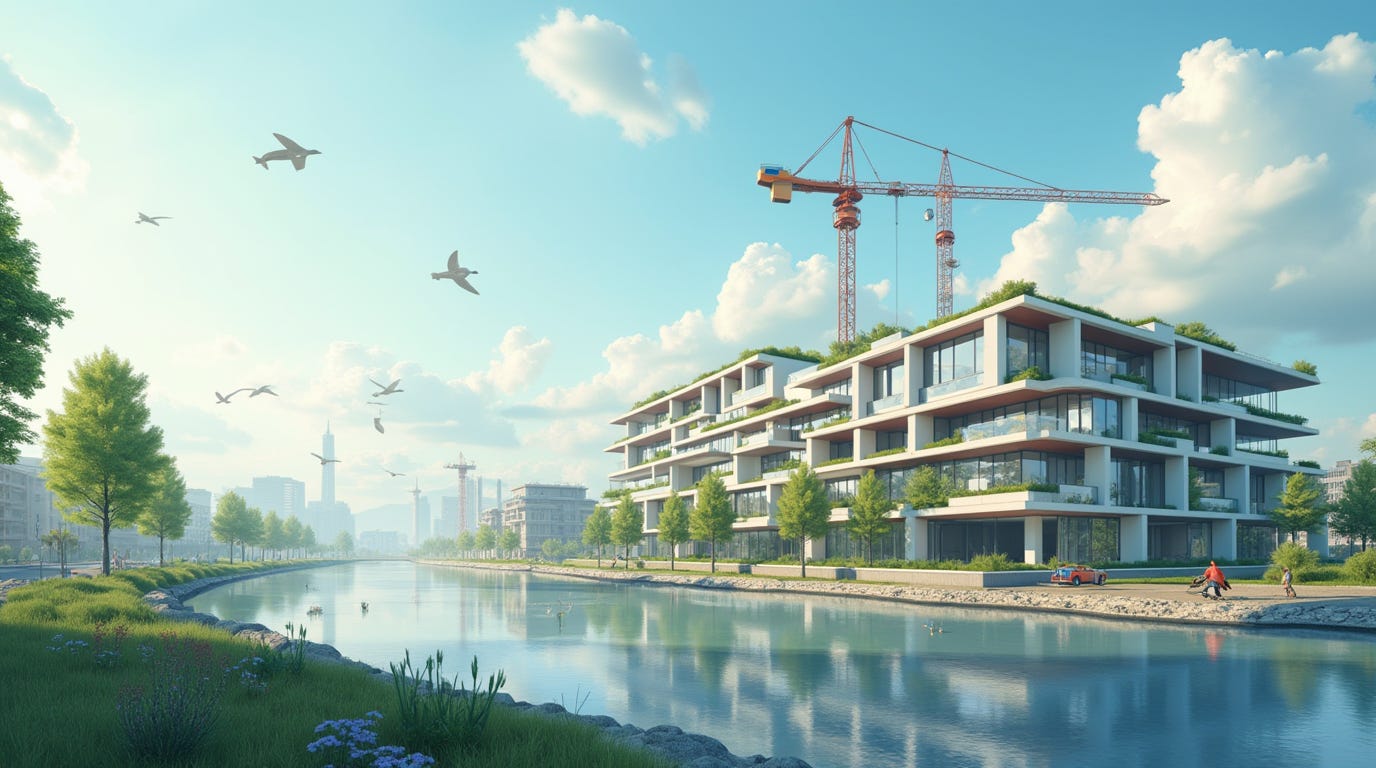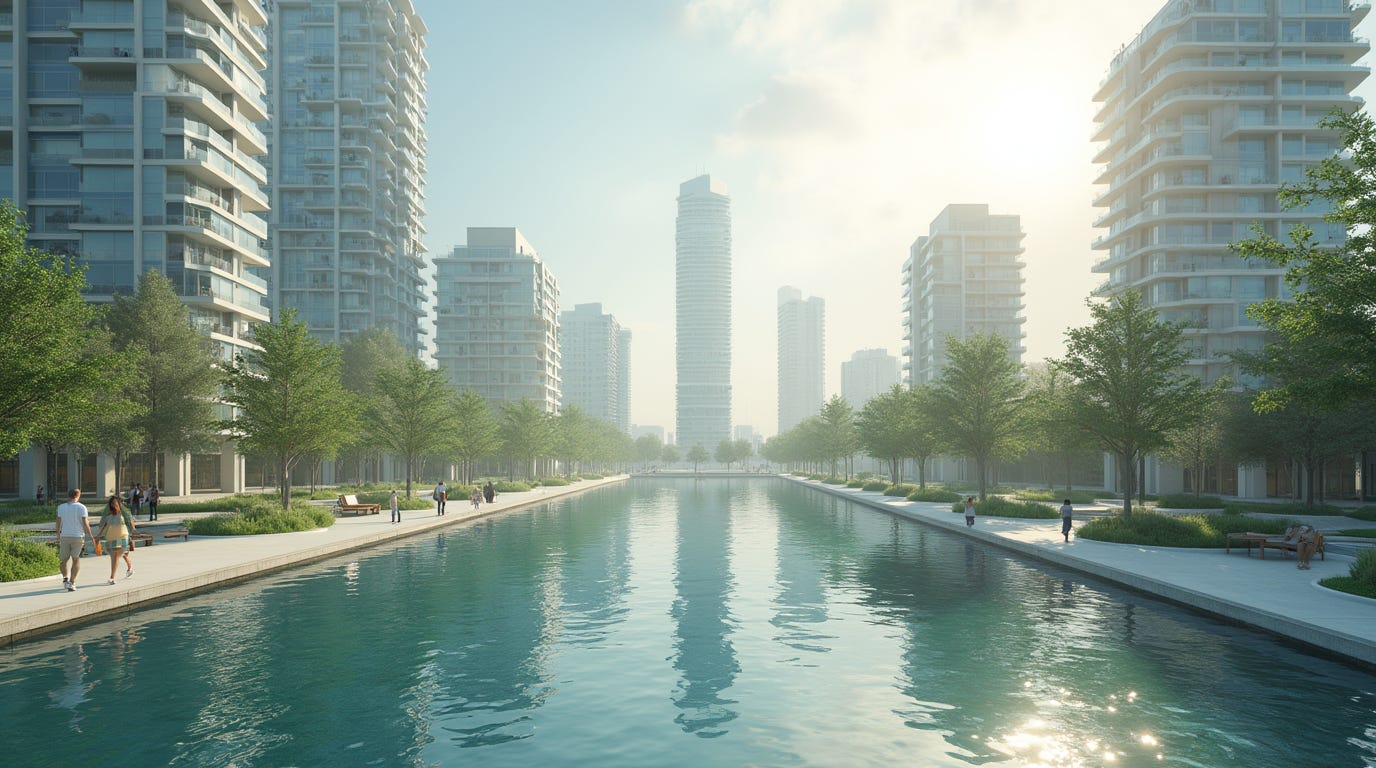The Impact of Architecture: Sustainable Development Impact Meetings 2024
Shaping a Sustainable Future Through Innovative Design and Collaboration
The Sustainable Development Impact Meetings, hosted by the World Economic Forum, emphasized the critical role that architecture and construction play in achieving Sustainable Development Goals (SDGs). As global leaders, policymakers, and stakeholders convened to address pressing issues such as climate action, green trade, and technology integration, it became clear that the built environment plays a crucial part in shaping a sustainable future.
The Role of Architecture in Sustainable Development
Architecture is more than just shapes and structures; it significantly impacts the environment and communities. Discussions at SDIM 2024 showed how architects can create buildings that are both environmentally friendly and socially responsible. By using sustainable design strategies such as renewable energy systems, efficient resource management, and green infrastructure architects can greatly reduce the carbon footprint of their projects.
In addition, applying passive design principles allows buildings to use natural resources efficiently, improving energy performance. This not only helps the environment but also provides healthier living and working conditions for occupants, showcasing the importance of architecture in sustainable development.
Advancements in Construction Practices
The construction industry has a major role in achieving sustainability goals. During the meetings, experts stressed the urgent need for decarbonization and circular construction practices. Transitioning to circular business models can help minimize waste and resource use, which is crucial for meeting global climate targets.
Using sustainable materials, such as recycled steel and low-carbon concrete, strengthens the industry's commitment to reducing its environmental impact.
Collaborative Efforts for a Sustainable Future
SDIM 2024 also emphasized the need for collaboration among various stakeholders, including architects, builders, urban planners, and government officials. It is more important than ever for these groups to work together towards common sustainability goals. This teamwork fosters innovative solutions that effectively tackle challenges related to urbanization, climate change, and social equity.
Architecture and construction are at the core of sustainable development. Their roles in building resilient communities, reducing environmental impact, and supporting social equity are crucial. By continuing to innovate and collaborate, these sectors can lead the way to a sustainable and fair future for everyone.
The push for sustainable practices highlights the need for creativity, partnership, and action—key elements for achieving the SDGs by 2030. The journey toward sustainability is a shared effort, and by rising to the challenge, architects and builders can transform our built environment for future generations.
Contact:
For inquiries, feedback, or further information, please reach out to us:
Name: Santiago Padilla
Email: me@santiagopadilla.com
Website: santiagopadilla.com
Company: AIF Corp.






